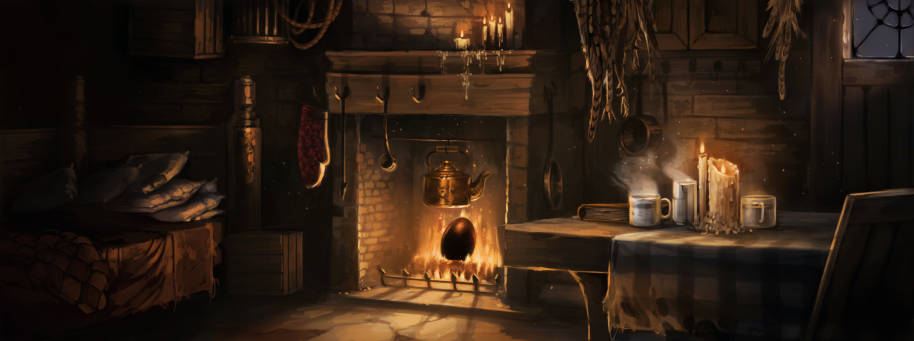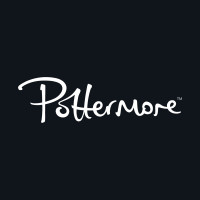Hungarian Horntail
Harry Potter faced a Hungarian Horntail during the Triwizard Tournament in Goblet of Fire, armed with only his wand and the broom he beckoned with the Summoning Charm.
Hungarian Horntails can shoot fire at quite a range; as far as 50 feet. Horntails are especially dangerous, with yellow eyes, black scales, bronze horns and spikey tails.

In this image:
Norwegian Ridgeback
The egg Hagrid won from a hooded stranger in Philosopher’s Stone hatched into Norbert the Norwegian Ridgeback, a baby dragon with spiny wings and a long snout. We eventually learned in Deathly Hallows that Norbert was actually a female dragon which, according to Charlie Weasley, were more vicious.
They’ve been known to feed on water-dwelling creatures. For instance, in 1802 a Norwegian Ridgeback supposedly took a whale calf right off the coast of Norway.

Antipodean Opaleye
The Antipodean Opaleye is one of the most beautiful dragons, with shimmering scales and pupil-less, multicoloured eyes. It produces a very vivid scarlet flame.
It’s native to New Zealand but has been known to migrate to Australia, where a male was once attributed to a series of kangaroo killings in the 1970s.
Chinese Fireball
This red beast is named for the mushroom-shaped flame that comes from its nostrils when angered. Viktor Krum faced one of these dragons in the Triwizard Tournament.
The Chinese Fireball is also sometimes called ‘Liondragon’ and has a slew of golden spikes on the periphery of its snub-snouted face. The dragon’s eggs are crimson and specked with gold, and their shells are cherished among Chinese wizards.
Common Welsh Green
These green dragons are typically not as dangerous, preferring to feed on sheep instead of humans. Fleur Delacour faced one in the Triwizard Tournament, escaping unscathed.
In 1932 a rogue Common Welsh Green flew onto a beach of sunbathing Muggles. Their memories were subsequently wiped by a vacationing family of wizards who were fortuitously at the scene. The Welsh Green blends in well with grass and dwells mostly on a mountain-based reservation established for its preservation.
Swedish Short-Snout
Cedric Diggory bravely battled a Swedish Short-Snout in the Triwizard Tournament. This blueish-grey dragon has silvery skin that is used to make protective gloves and shields. It’s known for the blue flame that shoots from its nostrils.
Peruvian Vipertooth
These copper-coloured dragons have smooth scales and dangerously venomous fangs. While they’re the smallest known dragons, the breed has a taste for humans. In the late nineteenth century the International Confederation of Wizards was forced to send in exterminators to reduce their numbers.
Romanian Longhorn
These dragons are named for their long, golden horns that they use to stab prey. Their horns are so widely sought after that the species started to reduce in numbers, prompting a breeding programme.
Their native Romania has become the location where wizards from around the world study dragons of all breeds.
Hebridean Black
Named for the Hebrides, the islands off the west coast of Scotland, these dragons can be up to 30 feet in length. The Hebridean Black is covered in rough scales and sharp ridges on its back. It has purple eyes, an arrow-shaped spike on its tail and bat-like wings.
Ukrainian Ironbelly
This dragon is the largest breed in the wizarding world. It has metallic grey scales, deep red eyes and long, vicious talons.
Although never formally identified, the dragon Harry, Ron and Hermione met in the vaults of Gringotts could well be a Ukrainian Ironbelly. It was described as having pale scales, ‘milkily pink’ eyes and a yellow underbelly. Perhaps its red eyes had faded to pink over those many years underground.
